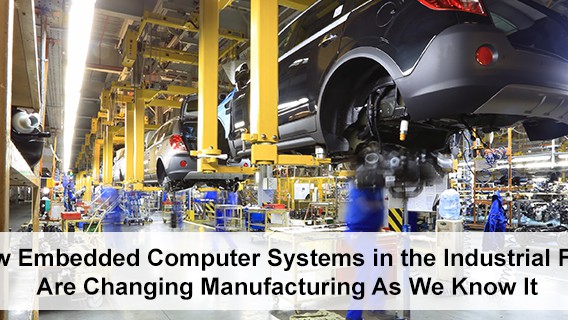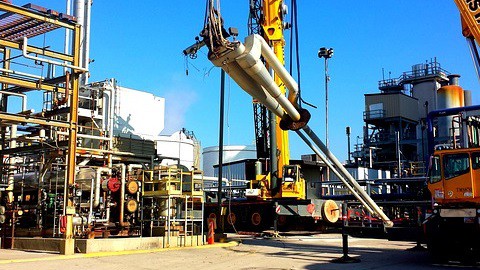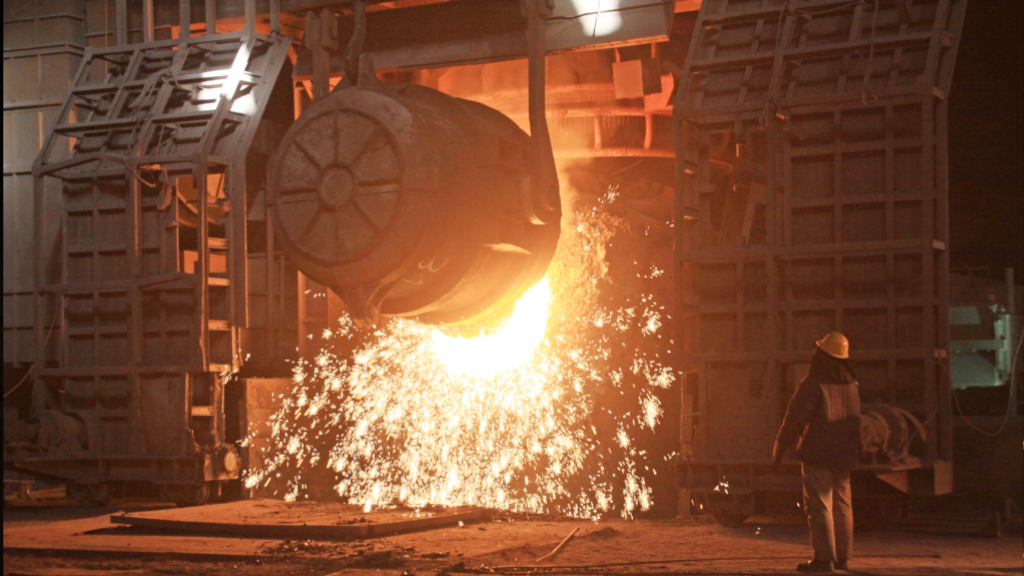First introduced in the early 20th century, the forklift greatly affected productivity across many industries. Workers could now move large numbers of bulky items quickly, easily, and safely. With the arrival of the computer, many industries added asset and inventory management to the forklift’s usefulness.
Uses of Forklift Computers
Article Guide
Forklifts are found almost anywhere involving the movement of large amounts of items from one place to another. This made them perfect to track a company’s inventory. Forklift computers have even been used to track the workforce!
Some of this tracking includes, but not limited, to:
- Data collection (Example: what’s currently in stock, what’s being used up)
- Asset tracking (Example: where are the forklifts on the warehouse floor)
- Workshift clock-in (Example: employee check-in / clock-out times, breaks, lunch)
Companies use the information from forklift computers to improve logistics like best times to restock to the hiring of more workers.
Three Industrial Issues Faced by Forklift Computers
Forklift computers are available in two formats: vehicle-mounted computers and tablets. While the former is permanently attached, tablets can be removed from their mount. Both must deal with the following:
Shock and Vibration
A forklift is a work tool. It is in constant use, whether lifting a pallet of cement blocks to construction workers high up a new building, or being driven through piles of trash at a recycle plant. This use subjects any forklift computer to large amounts of vibration. Eventually, this will wear it down into useless and expensive junk.
To prevent such a loss, a forklift computer should be IEC60068 certified. This means it has been tested by a recognized government agency to withstand shock and vibration commonly found in many industries. This is especially important for tablets, which can be also dropped accidentally by its handler.
The regular fans found in most consumer-grade computers have lots of moving parts. Constant vibration can wear at them until they shut down permanently. A large enough knock can do as well. To avoid this, a rugged mini PC or tablet should come with a fanless cooling system.
Hard drives are similar to fans. They contain spinning discs called platters which are read by another moving part called the “head.” Vibration and shock can render both unusable. Solid state drives, which have no moving parts, should be used instead for the forklift computer.
Dust and temperature extremes
As mentioned earlier, forklifts are used in a lot of industries. Many have conditions hostile to electronics like computers.
One is dust. Particles like grime, dirt,and soot can be kicked into the air at a busy construction site. The same is true at a warehouse from the constant pick up and drop off of goods.
A fanless unit like a rugged tablet, mentioned in a previous section, can help deal with this issue. Simply, no fan system means no air being blown in and out to damage vital parts.
Weather is another issue faced by most forklift computers. Temperatures in stockrooms may wildly go up and down depending on the season and the AC system. The humidity around a dockyard or a recycling plant may be high due to weather, dampness, or even a leak. All these can play havoc with a computer’s electronics.
Rugged forklift computers built with industrial grade parts help protect against such conditions. Their tech specs should include being able to withstand up to 95 percent (non-condensing) humidity and able to operate at temperatures between -25 Celsius (-13 Fahrenheit) to 70 Celsius (150 Fahrenheit).
Connecting with legacy devices
Finally, a forklift computer must be compatible with legacy devices. These are industrial equipment still running in the warehouse, plant, or facility but no longer supported by its manufacturer. A mainframe system used to track all the comings and goings of cargo ships at a particular port would be an example.
A forklift computer would need to be able to connect to such obsolete equipment. The reason is usually to access its data. To do so, it’ll need to have legacy ports like serial. It can then connect to the device, download and store its data, then upload the information to the new systems through modern means like wi-fi or USB.
Closing Comments
The widespread use of forklifts across many industries made them the perfect vehicle for companies to manage their inventory and assets. Forklift computers, though, face unique challenges like constant vibration to connecting with out-of-date devices. Contact an expert at Cybernet if you’re interested in more details on these computers and how they would benefit your forklift operation. Also follow Cybernet on Facebook, Twitter, and Linkedin to stay up to date on this and other relevant topics.
How Embedded Computer Systems in the Industrial Field Are Changing Manufacturing As We Know It
July 7, 2016
Though you may not realize it, embedded computer systems exist in many facets of our everyday lives and work. An embedded computer system is any special-purpose system that is fully enclosed. Whereas a general computer…
0 Comments4 Minutes
Industrial Computer Selection Criteria for the Oil and Gas Industry
March 10, 2016
Technological advancements have led us to areas we have never had access to before, such as horizontal drilling in the Bakken region. Conventional drilling techniques have only been able to extract a fraction of the…
0 Comments7 Minutes
4 Common Reasons for Industrial Computer Failure and How to Combat Them
April 18, 2019
Technology seems to be more of a slave to Murphy’s Law than any other human endeavor; if it can fail, it will. One moment you’re knee-deep in a spreadsheet working on data, and the next you’re staring…
0 Comments8 Minutes
You Can't
Learn from a Pop-up
But we can deliver knowledge to your inbox!
We dive deep in the industry looking for new trends, technology, news, and updates. We're happy to share them with you.
Knowledge, News, and Industry Updates Right in Your Inbox





